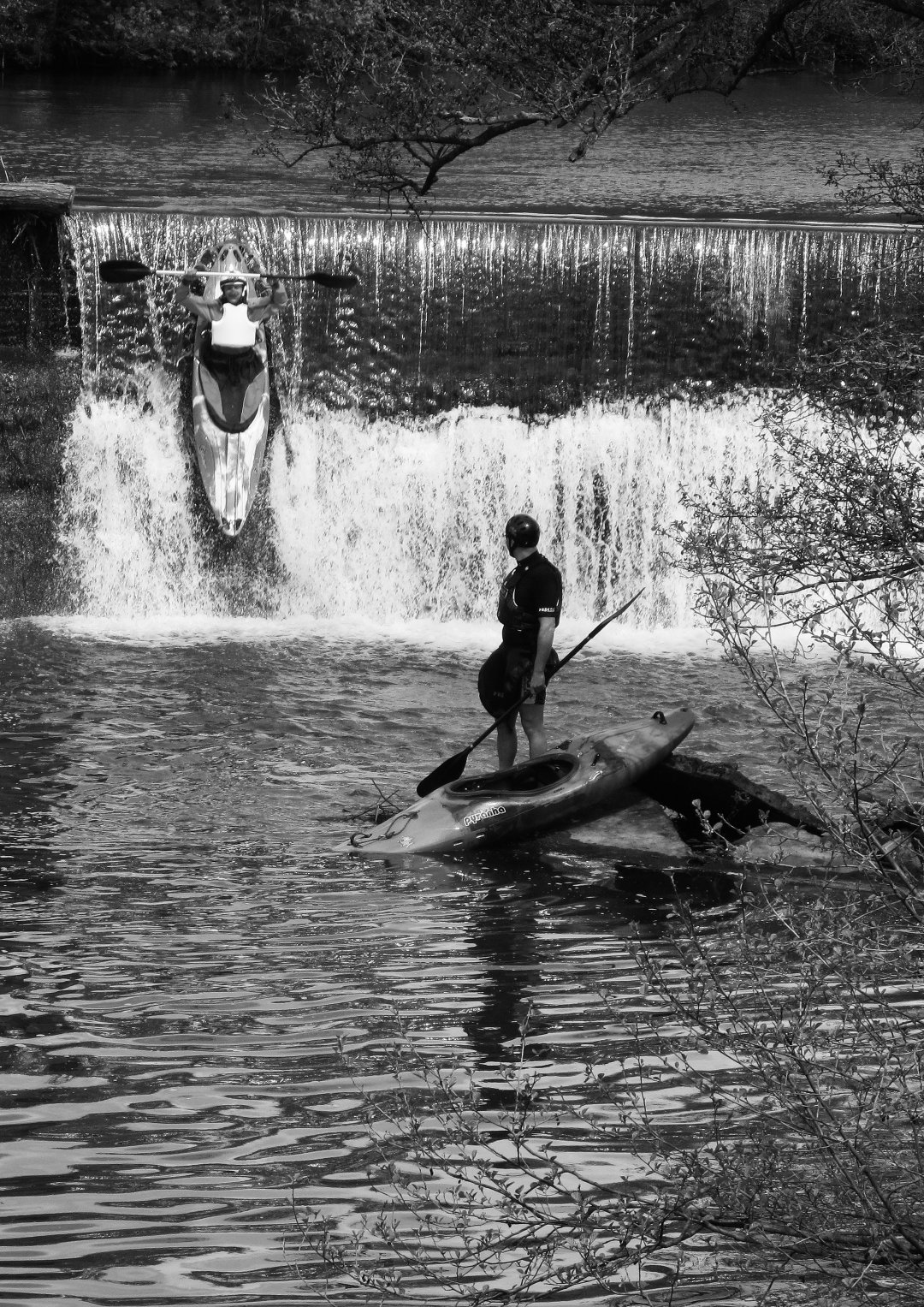The Derwent Valley Mills and the surrounding landscape were inscribed as a World Heritage Site by UNESCO in 2001. The reason for this international recognition is that the valley saw the birth of the factory system, when new types of building were erected to house new technology for spinning cotton. The need to provide housing and other facilities resulted in the creation of the first modern industrial settlements.
World Heritage inscription comes with responsibilities, as laid out in the World Heritage Convention, to which HM Government is a signatory. These responsibilities require that the Derwent Valley Mills Site and its surrounding landscape is ‘protected, conserved, presented and transmitted to future generations’. HM Government is responsible for ensuring an appropriate and comprehensive management system is in place to fulfil the Convention’s requirements.
HM Government requires management plans to be in place for all the World Heritage Sites on its territories to fulfil its obligation to the World Heritage Convention. The Government has delegated the responsibility for the production of the DVMWHS Management Plan, and the oversight of its implementation, to the Derwent Valley Mills World Heritage Site Partnership.
The DVMWHS stretches 15 miles (24 km) along the river valley from Matlock Bath to Derby. It is in multiple ownership and protected through a variety of UK planning and conservation laws. It is also a popular destination for local people and tourists. Being a World Heritage Site is not solely about conservation and protection. It also includes learning and engagement with the Site’s Outstanding Universal Value so that its future is assured. Part of this, for the DVMWHS, is also ensuring that its components are in active use and contribute to the economic prosperity of its surrounding area.
This Management Plan addresses HM Government’s commitment for an appropriate and comprehensive management system for the Derwent Valley Mills World Heritage Site. It runs from 2020 until the next iteration of the Management Plan is submitted to UNESCO. It is envisaged that it will be reviewed in 2026.
Part A: The Story So Far
Part A explains the reasons for inscription, the Statement of Outstanding Universal Value and describes the Attributes and Elements which help us to understand its OUV. It provides a historical and geographical description of the Site and the legislative framework for its stewardship. It sets out the DVMWHS Partnership’s structure and the Purpose, Vision and Aims of this iteration of the Management Plan.
The Purpose of the Derwent Valley Mills World Heritage Site Inscription is to:
Maintain the Outstanding Universal Value of the Derwent Valley Mills World Heritage Site by protecting, conserving, presenting, enhancing and transmitting its culture, economy, unique heritage and landscape in a sustainable manner.
The Vision for this 2020-2025 Management Plan is to:
Create and promote a local, national and international understanding and identity for the Derwent Valley Mills World Heritage Site as a cohesive and coherent whole, based on its global significance for all of humankind.
The Aims of the Management Plan are:
Aim 1
Protect and conserve the Outstanding Universal Value of the DVMWHS to ensure its transmission to future generations. Aim 1 is paramount and all other aims must not conflict with it.
Aim 2
Promote public awareness and engagement with the DVMWHS by presenting its Outstanding Universal Value through formal/informal learning, volunteering, events, interpretation and encouraging research.
Aim 3
Promote the sustainable development (Environmental, Economic and Social) of the DVMWHS to provide a world-class destination where people are proud to live, work, visit and invest.
Aim 4
Enhance the social wellbeing of the DVMWHS communities and maximise the benefits of the site’s cultural value at a local, regional, national and international level.
Aim 5
Develop an integrated and sustainable approach to meeting and promoting the transportation and accessibility needs of the DVMWHS and its users.
Aim 6
Promote a cohesive and coherent understanding of the DVMWHS by identifying its differing spatial needs and priorities.
Aim 7
Monitor the Derwent Valley Mills World Heritage Site to the standard required by UNESCO, and encourage appropriate site-wide data gathering to support the delivery of the above aims.

Part B: Key Themes
Part B expands on the Aims above and provides objectives and actions for each. These objectives and related actions have been identified, in consultation with stakeholders, to deliver on the Plan’s Purpose and Vision for the DVMWHS.
Part C: Operational Guidance
Part C sets out planning procedure for development control in the DVMWHS. This also relates to as and when Heritage Impact Assessments, in accordance with ICOMOS (International Council on Monuments and Sites) guidance, are required. A design rationale for new development in the DVMWHS is provided.
Direction on the use of the DVMWHS logo is also given in Part C.
Part D: Looking Ahead
Part D briefly looks beyond 2025 and acknowledges contributions to the Management Plan.
An Action Plan is being prepared in conjunction with the Management Plan, to identify a timetable for the actions identified in Part B and assess the financial and resource implications.
This Management Plan is not intended to be an inflexible document and it is recognised that it needs to adapt to new issues, challenges and opportunities not known at the time of writing.
